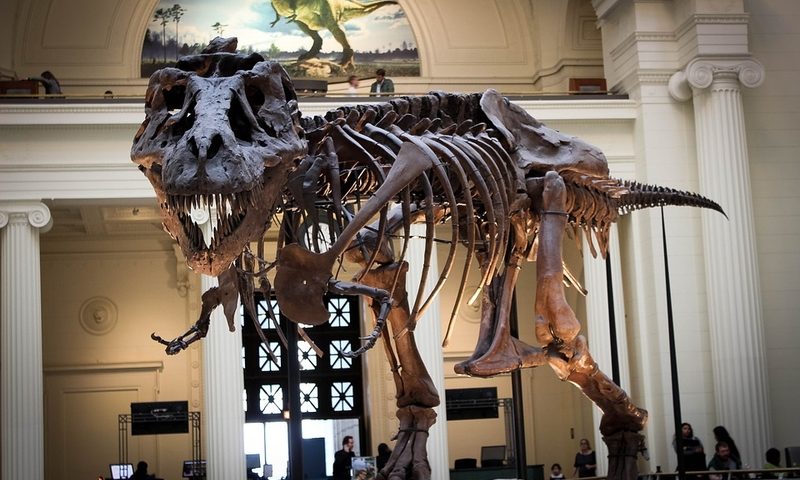The next installment of the “Jurassic Park” franchise doesn’t hit theaters for another 12 months, so, TRexBio had to make a Jurassic (read: drastic) splash of its own.
The discovery-stage biotech soared higher Tuesday on its mission to treat cancer and inflammatory diseases by picking up an Eli Lilly vice president as TRexBio’s new CEO, snagging Apexigen’s chief medical officer as its own CMO and netting a cash infusion from Big Pharmas like Eli Lilly, Johnson & Johnson and Pfizer.
South San Francisco-based TRexBio closed the final tranche of its $59 million series A Tuesday, with funding also coming from SV Health and Alexandria Venture Investments.
Joining the C-suite are Johnston Erwin and Ovid Trifan, M.D., Ph.D. Erwin was a 36-year veteran at Lilly, recently as vice president of corporate business development for the Big Pharma’s venture portfolio, and Trifan was previously CMO and vice president of development at immuno-oncology biotech Apexigen and held clinical research roles at Bristol Myers Squibb and J&J prior to that.
Erwin helped found the company three years ago while helping manage Lilly’s venture capital operation and decided to rejoin TRexBio as CEO this time around because of its science, the team of discovery scientists and a platform of more than 20 new tissue-focused targets, he said in an interview with Fierce Biotech.
“The science, the T-cell immunity pathways, at least from a personal perspective, I think, are going to continue to be important, and there’s a whole lot left to be discovered there,” Erwin said.
Erwin had other opportunities after 36 years at Lilly, but he “wanted to do something that continued to reinforce the importance of Lilly,” he said, noting the Big Pharma is a “significant shareholder.” The two companies have a collaboration on three programs that are past the target identification stage, working closely with Lilly’s immunology division.
“They have direct options to acquire the assets of which we’re progressing together, so it’s highly collaborative nature. We produce the targets, they help us with how we validate those, create those into leads and then move forward,” Erwin said.
The new hires and fresh funds will help TRexBio advance six preclinical therapeutic programs. TRexBio will make candidate selections in the next several months and prep for the clinic late next year, Erwin said.
TRexBio has collaborations with Lilly, as part of its innovation space Lilly Gateway Labs, and the University of California, San Francisco (UCSF). Two of the company’s founding scientific advisers are professors at UCSF, including Vice Chair of Research Michael Rosenblum, M.D., Ph.D., and Adil Daud, M.D., who is director of melanoma clinical research at the university.
By the end of next year, Trifan is slated to lead TRexBio’s oncology programs into the clinic, the company said.
Prior to Apexigen, Trifan co-chaired Amgen’s Onyx Pharmaceuticals and Bayer joint development committee for cancer treatment Nexavar and chemotherapy Stivarga. Nexavar generated (PDF) 639 million euros ($760 million) for full-year 2020, a 9.5% dip from 2019, and Stivarga brought in 475 million euros ($565 million), a 15.6% spike over the same time period, for the Big Pharma.
“We look forward to working with our investors and our academic and industry collaborators as we continue to create and advance a robust pipeline that addresses serious illnesses including cancer and auto-immune diseases,” said Carol Gallagher, executive chair of TRexBio, in a statement.
Funds will also go toward advancing TRexBio’s discovery platform, which has already identified more than 20 targets. Earlier-stage programs are focused on the lung, gut and skin, as well as immunology programs for psoriasis, atopic dermatitis and other autoimmune diseases related to the skin, Erwin said.
As for the name, the TRexBio logo has a dinosaur eye, which some people connect to the eye of the dinosaur from Jurassic Park, Erwin said.
“We look at that as the eye into T-cell biology. Our sort of magic, or our secret sauce, is that T-cells are in the tissue, they’re not in the blood or serum, so we have a proprietary system for looking at the tissue as an opportunity to understand the T-cell behavior.”

